|
|
Today, induced pluripotent stem cells (iPSCs) are being exploited for uses in drug discovery and development, toxicology screening, disease modelling, personalized medicine, cell-based therapeutics, and beyond. A fascinatingly diverse range of business models have been developed by market competitors to provide iPSC specific products, services, technologies, and therapies across the life science sector.
iPSC Market Leaders by Product Type
Reprogramming kits, reagents, iPS cell lines, and specific culture media are supplied by companies specializing in iPSCs, including FUJIFILM CDI, Ncardia, Axol Bioscience, ReproCELL, and others. Diversified research supply companies such as R&D Systems, Promega, Miltenyi Biotec, STEMCELL Technologies, Takara Bio, Thermo Fisher Scientific, and numerous others also provide iPSC-related research products to the scientific community.
Additionally, iPSC specialists have emerged, such as iXcells Biotechnologies which provides normal and diseased iPS cell lines, iPSC-derived cells, custom iPSC services, and functional bioassay development and execution, among related products and services.
Likewise, DefiniGEN, Evotec, Ncardia, Fujifilm Cellular Dynamics and Axol Bioscience are leaders in offering iPSC differentiation services.
Several iPSC market leaders offer contract services as well, such as the development of screening systems for toxicity testing and drug discovery, optimization of reprogramming and culturing conditions, derivation of iPSC and reporter cell lines, and their characterization.
Industrial Scale iPSC Manufacturing
Within the world of industrial scale iPSC manufacturing, FUJIFILM CDI, Treefrog Therapeutics, and Catalent (acquired Rheincell Therapeutics) are three companies who are leading the charge.
While most people are familiar with FUJIFILM because it is a stalwart in the field, fewer people know about Treefrog Therapeutics. Founded in 2018, Treefrog Therapeutics has developed C-Stem, a high-throughput cell encapsulation technology allowing for the mass-production and differentiation of iPSCs in industrial bioreactors.
Rheincell is another relatively recent entrant into the iPSC marketplace. Founded in 2017, it focuses on the GMP-compliant generation of human iPSCs derived from HLA-homozygous allogeneic umbilical cord blood.
Cynata Therapeutics also has a unique technology for nearly infinite expansion of iPSC-derived MSCs, but currently it is using this capacity for its own iPSC-derived cell therapy product development.
iPSC-Derived Cell Therapeutics
Some of the major firms exploiting iPSC technologies for therapeutic applications include Cynata Therapeutics, iPierian (Bristol-Myers Squibb), Fate Therapeutics, Century Therapeutics, and BlueRock Therapeutics. In addition to these companies, dozens of others have now joined their ranks.
In a world first, Cynata Therapeutics received approval in 2016 to launch the world’s first formal clinical trial of an allogeneic iPSC-derived cell product (CYP-001) for the treatment of GvHD. Cynata’s proprietary technology utilizes iPSCs originating from an adult donor as the starting material for generating mesenchymoangioblasts (MCAs). It then differentiates these cells into mesenchymal stem cells (MSCs).
Today, Cynata Therapeutics has clinical trials underway for an impressive range of indications, including Graft vs. Host Disease (GvHD), knee osteoarthritis, acute respiratory distress syndrome (ARDS), diabetic foot ulcers, renal transplantation, and critical limb ischemia (CLI).
In late 2019, the National Institutes of Health (NIH) also announced it would be undertaking the first U.S. clinical trial of an iPSC-derived therapeutic. The goal of this trial is to restore dying cells of the retina. Likewise, scientists from the University of Minnesota in collaboration with Fate Therapeutics were granted approval by FDA for a clinical trial.
Fate is exploring the clinical use of FT516 and FT500, which are its iPSC-derived NK cell product candidates. In December 2019, the company released clinical data from its Phase 1 studies. In July 2020, Fate Therapeutics announced FDA clearance of its IND application for the world’s first iPSC-derived CAR T therapy, FT819.
Of course, there are also numerous physician-led studies underway in Japan investigating the use of iPSC-derived cellular products inhuman patients. These clinical trials are for diseases such as macular degeneration, ischemic cardiomyopathy, Parkinson’s disease, solid tumors, spinal cord injury (SCI) and platelet production.
Currently, iPSC-derived cell therapeutics have yet to reach the market. Reasons for this include the prohibitively high cost of developing cell-based therapies and the challenging regulatory and scale-up issues associated within living therapeutics.
iPSCs within Drug Development & Discovery
Induced pluripotent stem cells (iPSCs) are also being used drug discovery and development applications. This is because they have the potential to transform drug discovery by providing physiologically relevant cells for compound identification, target validation, compound screening, and tool discovery.
As the world’s larger manufacturer of human cells created from iPSCs, Fujifilm Cellular Dynamics (FCDI) manufacturers a wide range of cell types differentiated from iPSCs, that are relevant to drug discovery. These products include iCell® Cardiomyocytes, iCell Neurons, and iCell Hepatocytes. The company also produces iCell Cardiac Progenitors, iCell Hematopoietic Progenitors, iCell Astrocytes, iCell Endothelial Cells, and iCell Skeletal Myoblasts, among other products.
With operations in both Europe and the US, Ncardia also produces and commercializes high-quality, fully functional hiPSC derived cardiovascular and neuronal cell types. As a full-stack human iPSC technology company, it also develops and realizes electrophysiology, biochemistry and contraction based assays for predictive safety pharmacology, toxicology testing and drug efficacy screenings.
Likewise, Evotec has built an industrialized iPSC infrastructure that represents one of the largest and most sophisticated platforms in the industry. Evotec’s iPSC platform has been developed over the last six years with the goal to industrialize iPSC-based drug screening in terms of throughput, reproducibility, and robustness to reach the highest industrial standards. Evotec is running multiple discovery programs using human iPSCs.
Axol Bioscience is another critical leader in the realm of iPSC-derived products designed to support drug discovery applications. The company provides physiologically relevant in vitro models with a focus on CNS applications, including Alzheimer’s, ALS, and other neurodegenerative diseases. Its iPSC-derived models allow new product candidates to be tested in vitro, providing early-stage safety data as well as late-stage efficacy data and improved patient selection.
iPierian and Fate Therapeutics follow the same strategy of reprogramming somatic cells for developing cell-based models to screen small molecules for drug development. iPierian uses cellular reprogramming and differentiation technologies for advancing the understanding of human diseases for which there are poor in vivo and in vitro models and develops cell-based therapeutics for its own product pipeline.
Fate Therapeutics has developed an intricate understanding of the pathways that can activate and modulate stem cells and iPSC technology for screening stem cell modulators (SCMs), which are capable of impacting cell fate in vivo for repairing and regenerating tissues.
Finally, Sweden’s Takara Bio offers heart muscle cells and liver cells to drug and biotechnology companies, as well as universities. The Takara Bio Group of companies has three primary sub-brands, which are: Takara, Clontech, and Cellartis. The Cellartis brand, in particular, is focused on stem cell-derived products and services for drug discovery, disease modeling, and regenerative medicine applications.
The Future of iPSC Applications
Other companies operate across multiple iPSC market segments. As an example, Stemgent (a ReproCELL brand) has developed close relationships with several the top academic researchers in the U.S. and China, enabling the company to gain access to their cutting-edge research. Stemgent has signed collaborations with industry heavyweights, Pfizer, and Fate Therapeutics. Stemgent also signed a strategic partnership with Miltenyi Biotec for the co-development and marketing of stem cell research products.
Although iPSC technology originated in Japan in 2006 and the country is still home to major players like FUJIFILM and ReproCELL, the North American region has accelerated its role within the global iPSC market. Within the United States, firms supported by powerful, star-studded advisory boards have emerged, including Fate Therapeutics, Stemgent, iPierian (now a Bristol-Myers Squibb company), FUJIFILM Cellular Dynamics, Century Therapeutics, and BlueRock Therapeutics.
iPSC technology has developed swiftly since 2006, since iPSCs have demonstrated their usefulness in drug development and discovery, disease modeling, toxicology testing, cell therapy, gene therapy, disease modelling, personalized medicine, cultured meat production, and beyond.
In recent years, the number of clinical trials involving iPSC-derived cell therapeutics has been increasing, with evidence of life-changing improvements observed within some of these trials.
Put simply, companies are employing an impressive range of business models for exploiting iPSC technology platforms—and their creativity is continuing to expand.
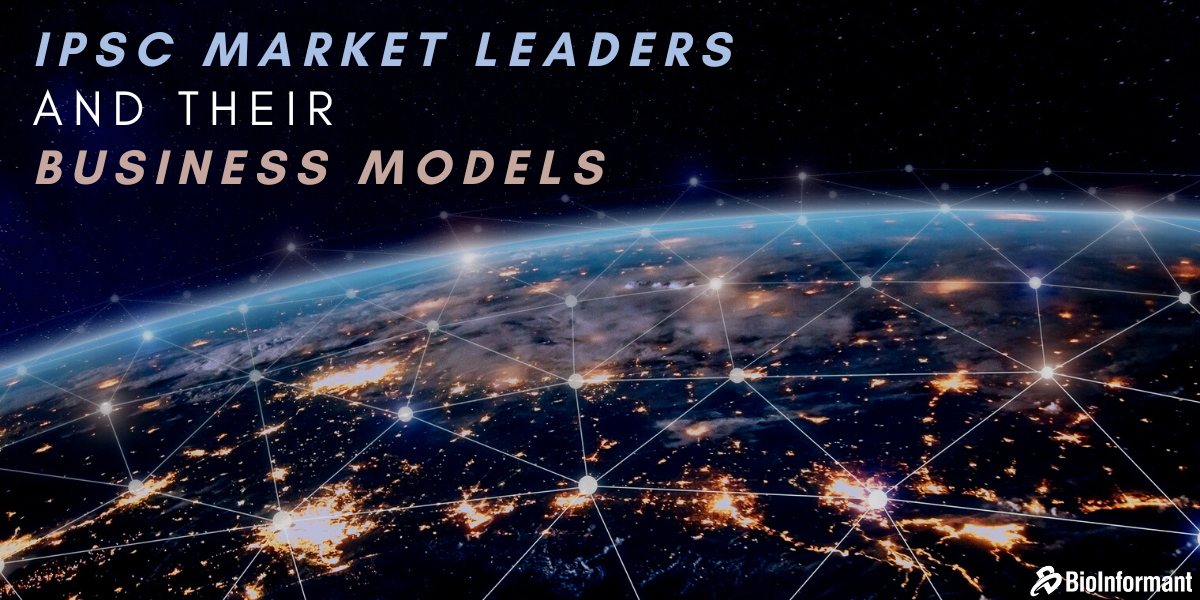


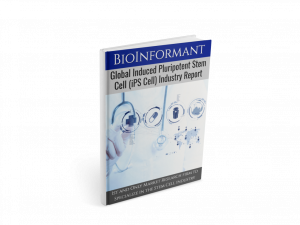




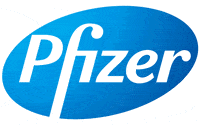




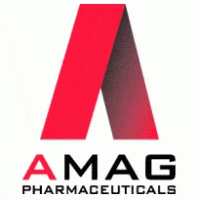


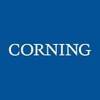

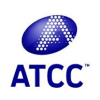


Dear Sir/Madam,
I am a scientist interested in induced-pluripotent stem cells other than human, for research purposes
Is your company developing or could develop iPSC from cat, dog, horse?
Would it be possible to get more information on this?
Thanks in advance for your response
Kind regards,
Maria
I’m a doctor in clinical psychology. Many patients ask me if they can receive treatment for different conditions. I’m looking to receive a treatment of stem Cells for general body areas. I’m 72 years old in good health condition. Who can I call for this treatment?